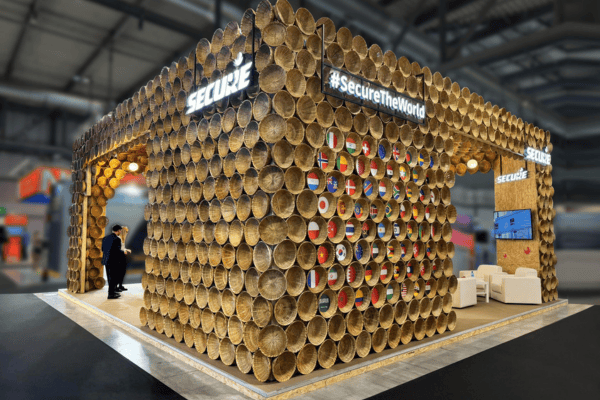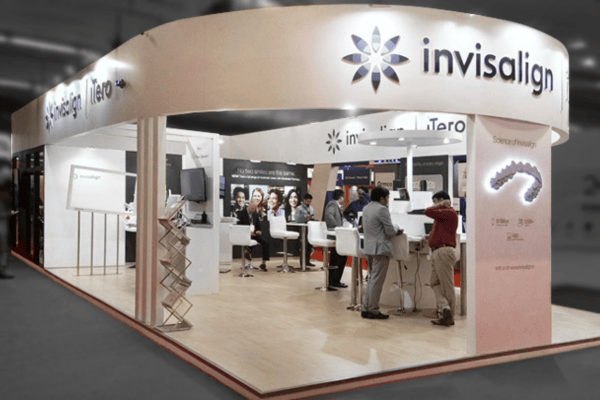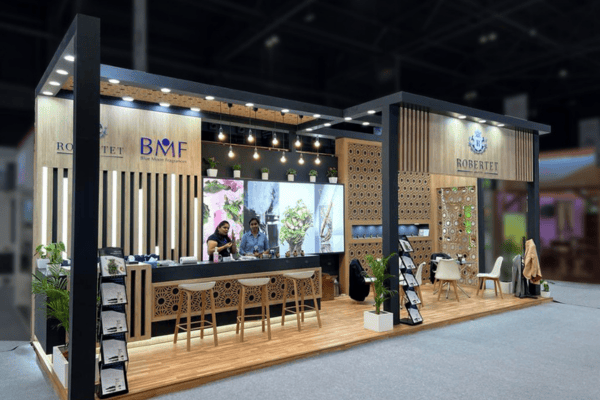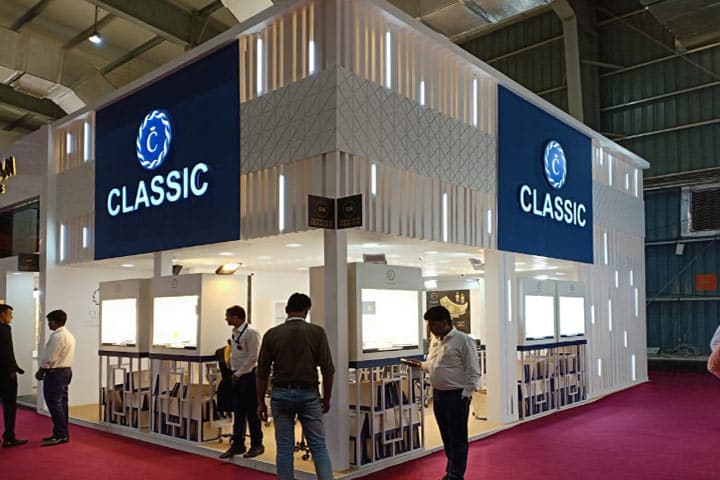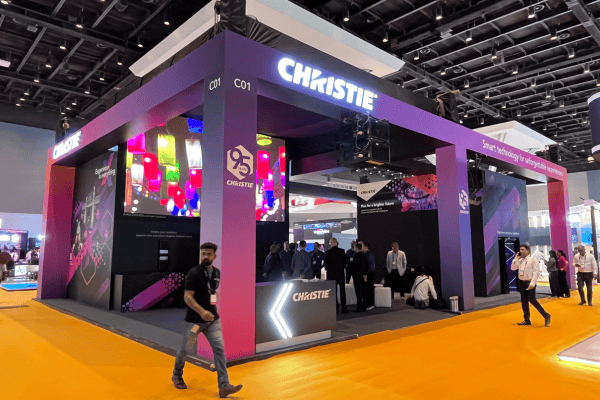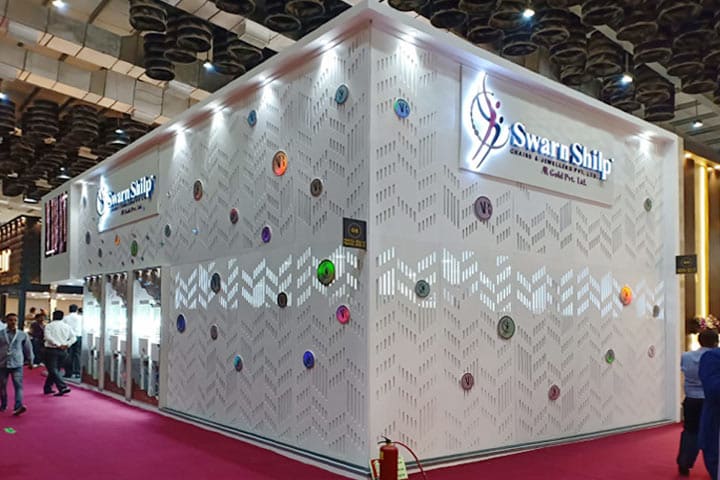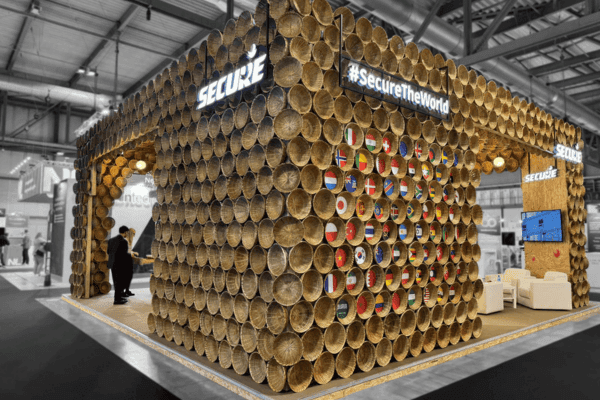Sustainability is no longer just a buzzword — it’s a global expectation. From Fortune 500 companies to innovative startups, brands are rethinking how they present themselves at exhibitions. And while trade shows have traditionally been waste-heavy events, the tide is shifting.
Today, exhibitors are judged not only on the creativity of their stalls but also on their commitment to sustainability. Choosing an eco-friendly stall design doesn’t just help the planet — it also strengthens your brand’s credibility with customers, partners, and investors.
So, how can you design a stall that is both impactful and sustainable? Let’s explore.
Why Sustainable Stall Design Matters
- Environmental Impact: Exhibitions generate massive amounts of waste from single-use materials. Going green reduces landfill and carbon footprint.
- Brand Perception: Consumers and businesses alike are increasingly loyal to brands with strong ESG (Environmental, Social, Governance) practices.
- Cost Efficiency: Modular approaches may help reduce long-term costs by allowing certain components to be adapted or repurposed across events, depending on the design and requirements.
- Compliance & Future Readiness: Many global trade fairs are introducing sustainability guidelines — being early adopters gives you a competitive edge.
6 Sustainable Stall Design Ideas
1. Eco-Friendly Materials
Replace conventional materials with recyclable and biodegradable options:
- MDF alternatives → eco-plywood, bamboo composites
- Graphics → printed on recyclable fabric instead of PVC flex
- Flooring → recyclable carpets or bamboo flooring
Not only do these look premium, but they also align with your sustainability narrative.
2. Energy-Efficient Lighting
Traditional halogen spotlights consume unnecessary power and generate heat. Switch to LED lighting systems, which use up to 80% less energy.
For extra impact, integrate smart lighting controls that adjust brightness based on crowd density.
3. Digital Displays Instead of Print
Every year, tons of vinyl banners and brochures are discarded post-event. By switching to digital signage, LED walls, and QR-code brochures, you reduce print waste significantly.
Visitors can scan and download brochures directly to their devices — an eco-friendly and modern touch.
4. Local Sourcing & Low-Carbon Logistics
Shipping materials across cities or countries adds to carbon emissions. Work with stall fabricators who source locally and manage logistics efficiently.
At FirstRain, our in-house fabrication units in key cities help minimize transport miles while ensuring premium finishing.
Case Study: Eco-Friendly Stall at ACETECH
At ACETECH Mumbai 2023, FirstRain designed a 120 sq.m. eco-friendly stall for a leading construction materials company.
- Reusable modular frames with bamboo laminates
- LED lighting with smart controls
- Digital screens replacing printed graphics
- Locally sourced flooring materials
Outcome: The client cut down 50% on material wastage and attracted praise from visitors and media for being an industry-first green exhibitor.
Why Brands Trust FirstRain for Sustainable Exhibits
- Eco-friendly materials with premium finishes
- In-house fabrication to reduce carbon footprint
- Global-standard compliance with sustainability guidelines
Your stall can inspire more than just conversations — it can inspire responsible choices.
